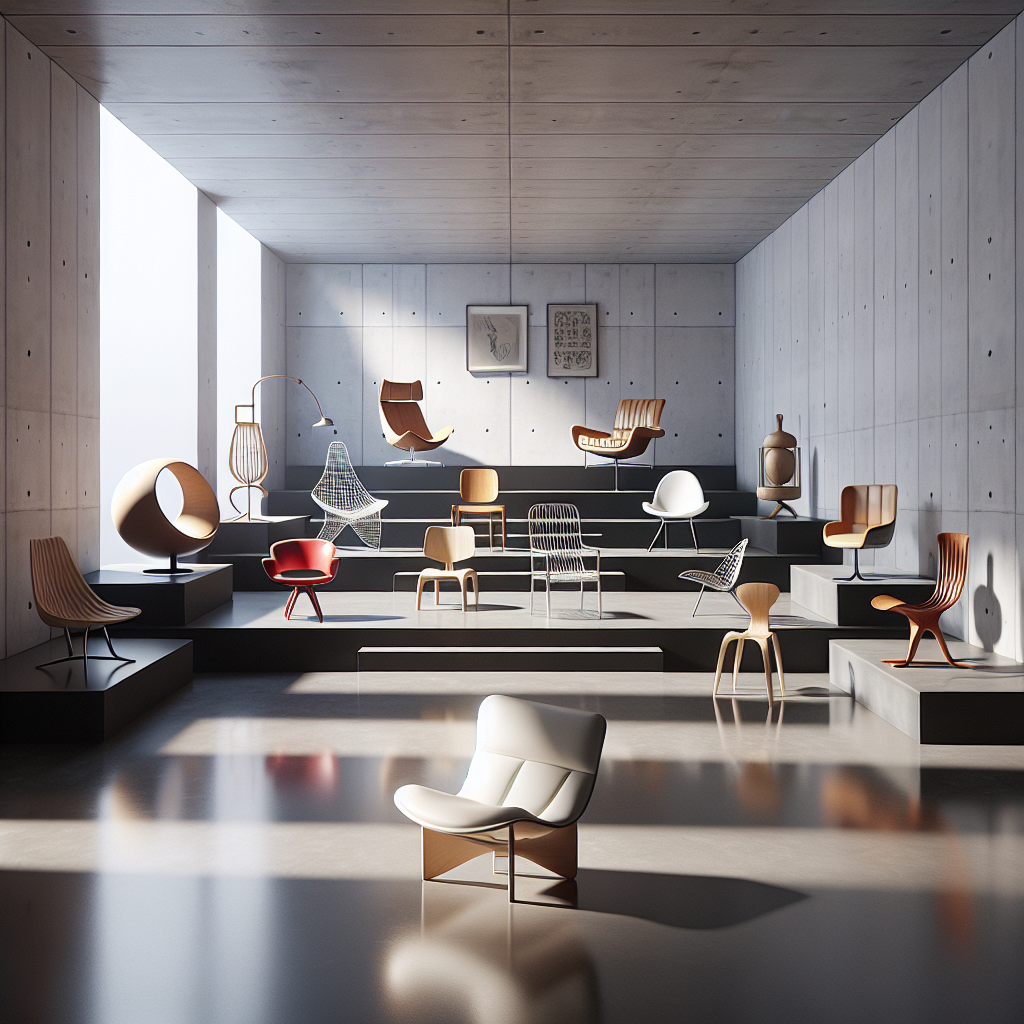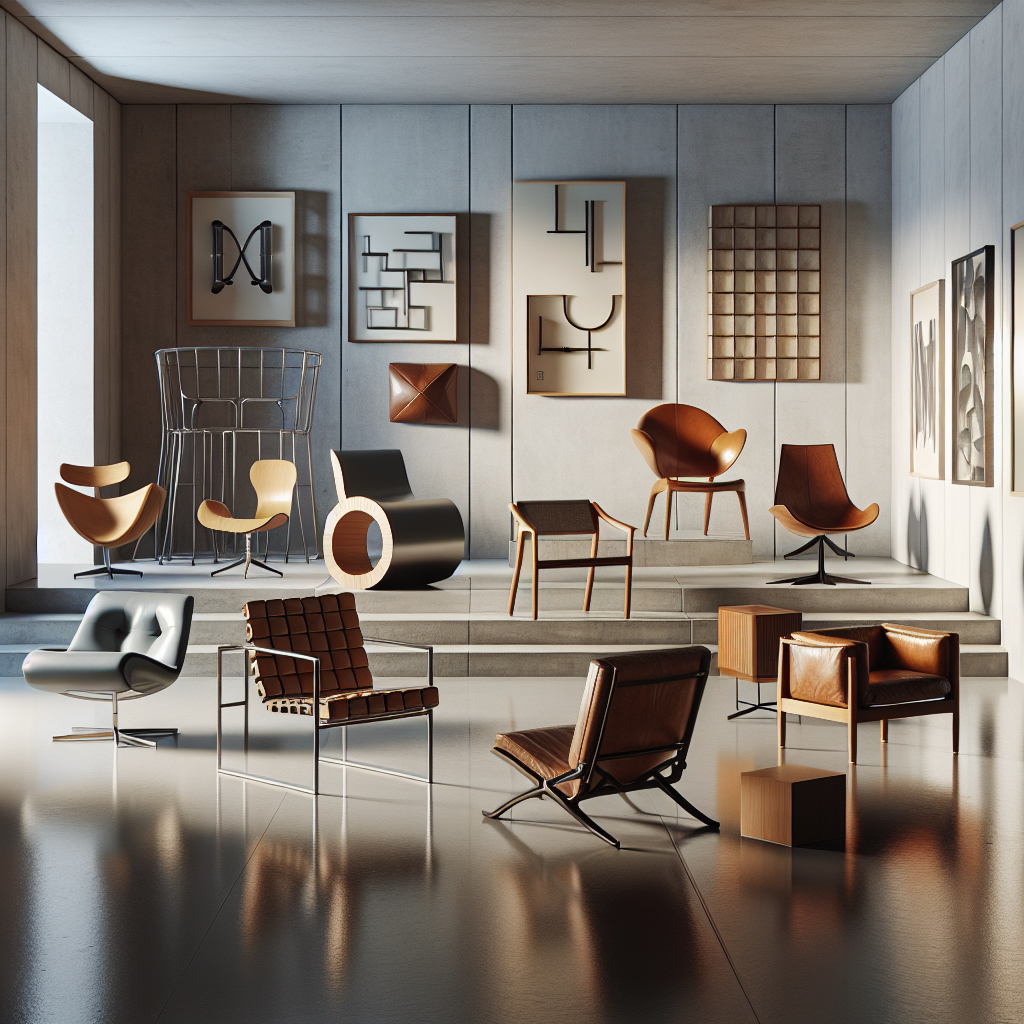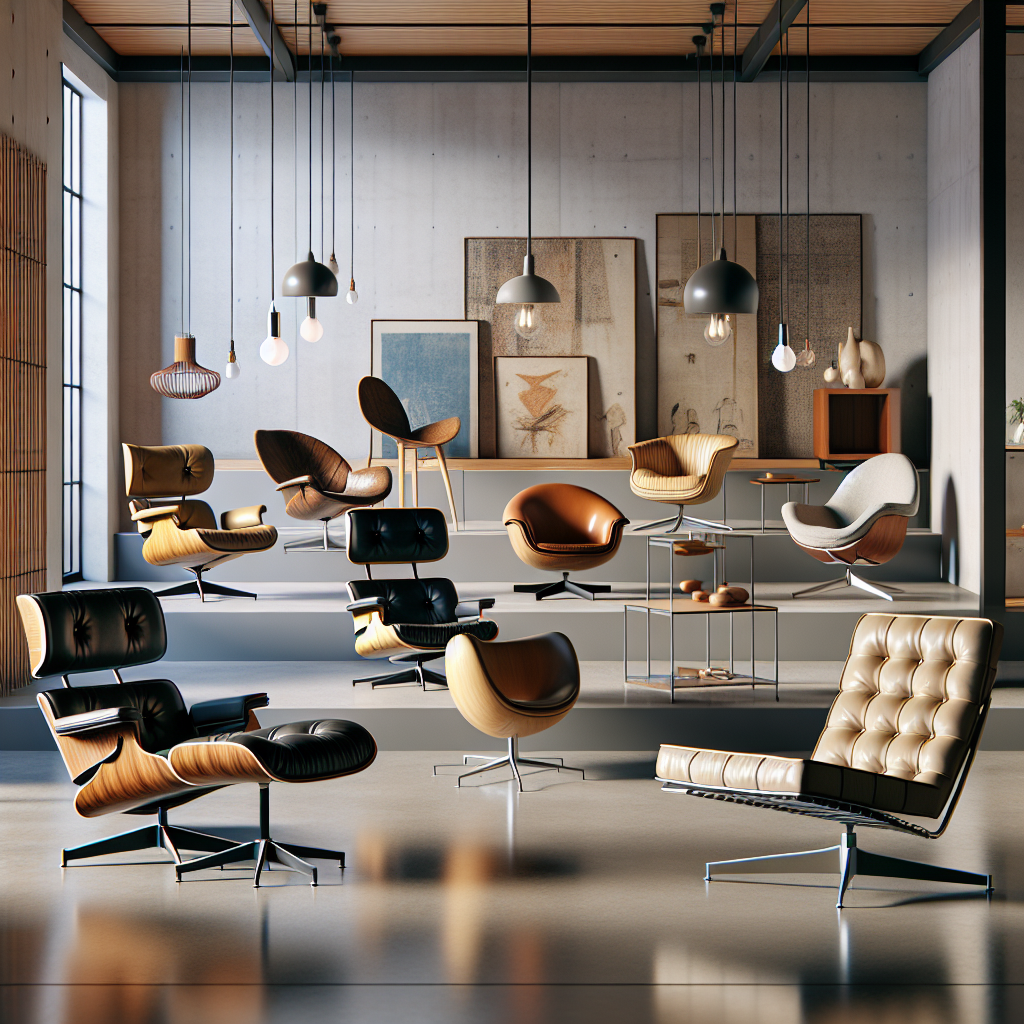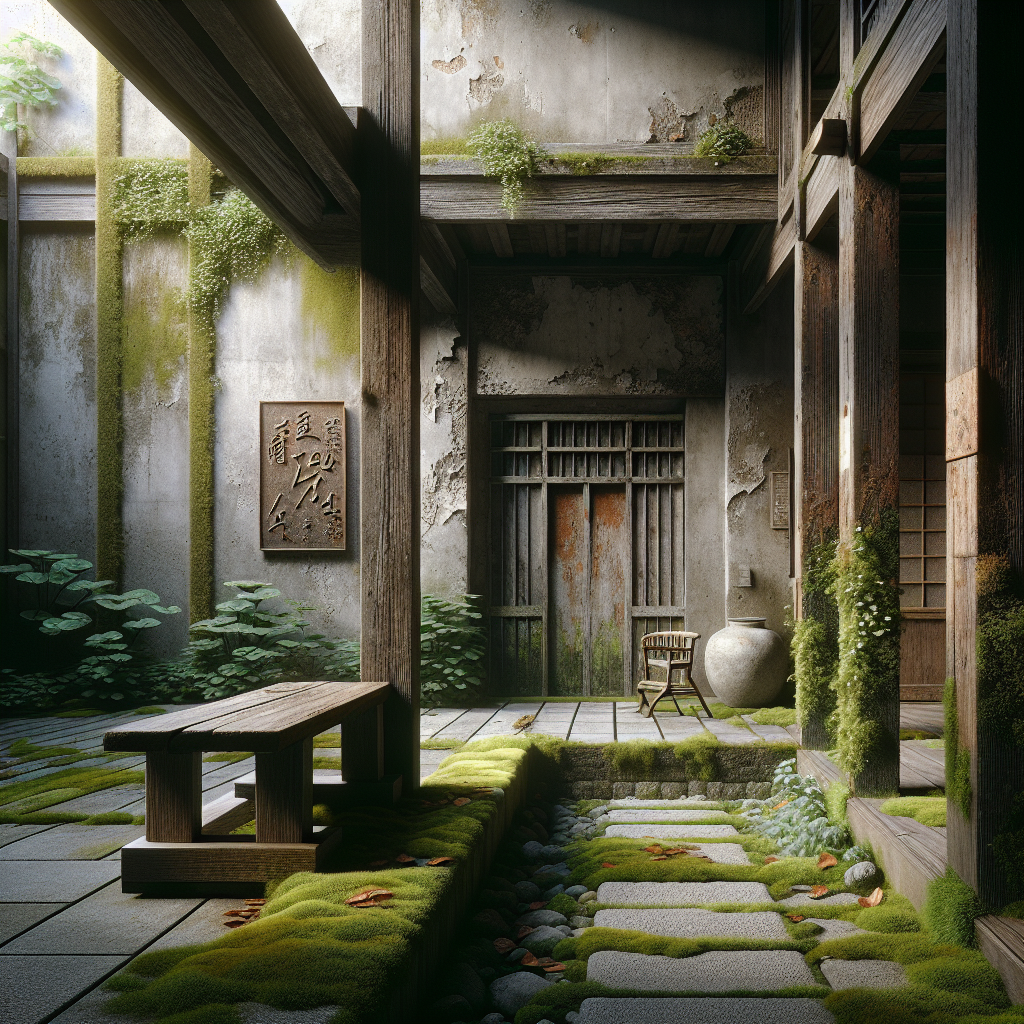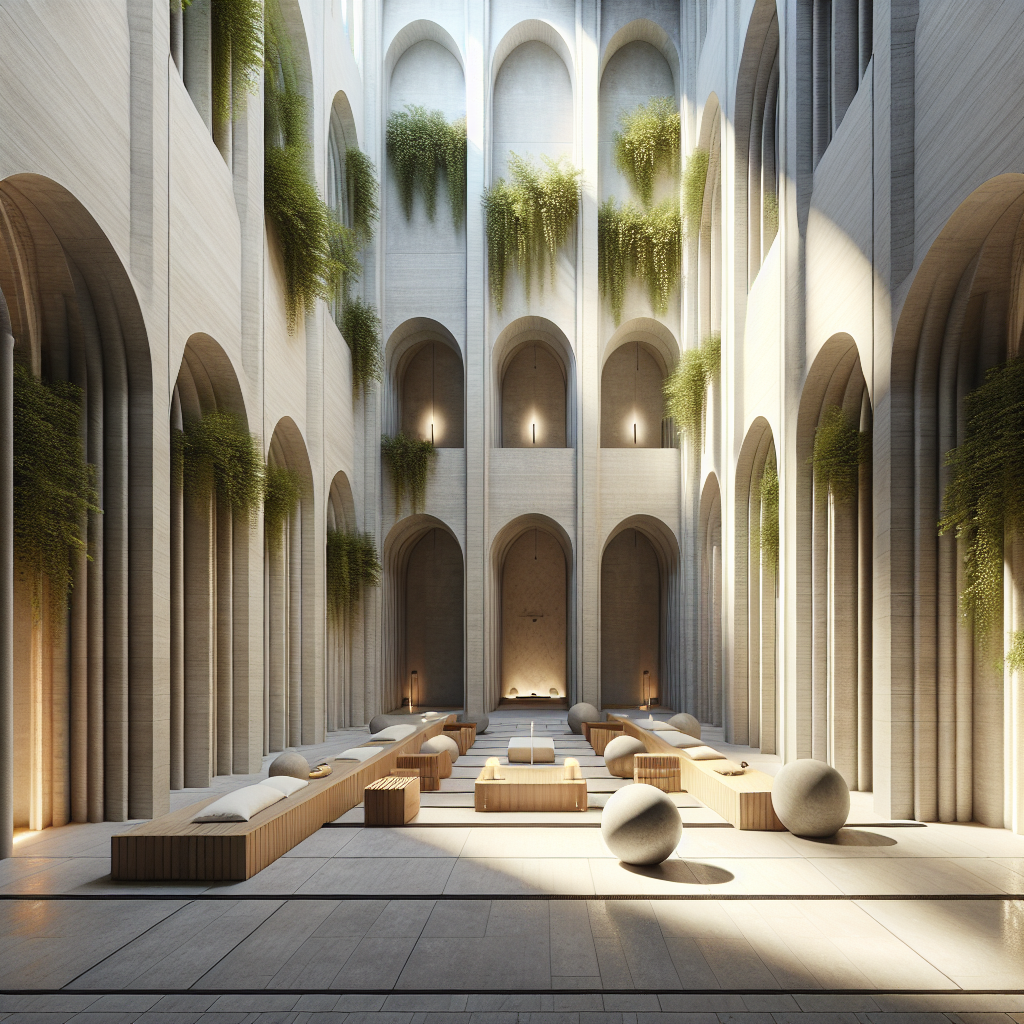Iconic Chair Styles: The Essential Guide to Timeless Seating
Iconic Chair Styles: The Essential Guide to Timeless Seating
In the realm of interior design and architecture, few objects possess the transformative power of a chair. More than a mere functional item, an iconic chair embodies the intersection of art, culture, innovation, and craftsmanship. From the sleek lines of mid-century modernism to the sculptural forms of contemporary minimalism, chairs have continually evolved, reflecting societal shifts and aesthetic revolutions. For design professionals and sophisticated enthusiasts alike, understanding the heritage and nuances of iconic chair styles is essential—not only for appreciating their historical significance but also for integrating timeless elegance into contemporary spaces.
The Enduring Legacy of Mid-Century Modern Chairs
The mid-20th century marked a revolutionary period in furniture design, characterized by clean lines, organic forms, and innovative materials. Designers such as Charles and Ray Eames, Arne Jacobsen, and Hans Wegner crafted pieces that transcended mere functionality, becoming symbols of modernity and sophistication. The Eames Lounge Chair and Ottoman, with its luxurious leather upholstery and molded plywood shell, epitomizes this era’s marriage of comfort and elegance. Similarly, Jacobsen’s Egg Chair, with its cocoon-like silhouette, introduced a sculptural dynamism to seating design, still celebrated today for its distinctive aesthetic and ergonomic comfort.
These chairs remain coveted by collectors and designers alike, seamlessly integrating into contemporary interiors. Their enduring appeal lies in their ability to balance form and function effortlessly, making them timeless investments in design history. Indeed, the influence of mid-century modernism extends beyond furniture, shaping broader architectural and urban design principles, as explored in our previous article on Mies van der Rohe’s modernist masterpieces.
Bauhaus and the Birth of Functionalism
The Bauhaus movement, originating in early 20th-century Germany, revolutionized design philosophy by advocating for functionality, simplicity, and mass production. This approach gave rise to iconic chairs such as Marcel Breuer’s Wassily Chair, crafted from tubular steel and leather straps, exemplifying industrial elegance and structural clarity. Ludwig Mies van der Rohe’s Barcelona Chair, originally designed for the German Pavilion at the 1929 International Exposition, embodies the Bauhaus ethos of “less is more,” combining minimalist aesthetics with luxurious materials.
The Bauhaus legacy continues to influence contemporary design, inspiring a new generation of architects and designers to prioritize functionality without sacrificing aesthetic integrity. For a deeper exploration of this influential movement, our comprehensive overview of the Bauhaus movement offers valuable insights into its enduring impact.
Scandinavian Simplicity: Embracing Hygge and Craftsmanship
Scandinavian design has captivated global audiences with its emphasis on simplicity, functionality, and natural materials. Rooted in the Danish concept of hygge—a sense of cozy contentment—Scandinavian chairs such as Hans Wegner’s Wishbone Chair and Alvar Aalto’s Paimio Chair celebrate craftsmanship and organic forms. Wegner’s Wishbone Chair, with its gracefully curved backrest and woven seat, epitomizes understated elegance, while Aalto’s innovative use of bent plywood in the Paimio Chair demonstrates a harmonious balance between form and ergonomics.
The continued popularity of Scandinavian design reflects a broader societal shift towards sustainability and biophilic principles, as detailed in our exploration of biophilic design and its impact on human well-being. These chairs not only enhance interior aesthetics but also foster a deeper connection to nature and mindful living.
Contemporary Innovations: Sustainability and Technological Integration
Today’s designers are pushing the boundaries of chair design by integrating cutting-edge technology and sustainable practices. The rise of 3D printing, for instance, has enabled designers to create intricate, customizable seating solutions with minimal waste. Joris Laarman’s Bone Chair, inspired by organic structures and fabricated using digital algorithms, exemplifies this innovative approach, merging biomimicry with advanced manufacturing techniques.
Similarly, the exploration of sustainable materials such as reclaimed wood, recycled plastics, and biodegradable composites reflects a growing commitment to environmental responsibility within the design community. This trend aligns with broader architectural innovations, such as the rise of wooden skyscrapers, signaling a paradigm shift towards eco-conscious construction and design practices.
Iconic Chairs in Popular Culture and Media
Iconic chairs often transcend their functional roles, becoming cultural symbols immortalized in film, television, and popular media. The futuristic aesthetic of Ridley Scott’s “Blade Runner 2049,” for example, prominently features chairs that blend retro-modernist forms with dystopian minimalism, as analyzed in our article on technology’s impact on futuristic city design. These cinematic representations not only enhance narrative depth but also influence real-world design trends, underscoring the symbiotic relationship between media and design innovation.
Moreover, chairs featured in iconic films and television series often experience renewed popularity, inspiring contemporary reinterpretations and revivals. This interplay between design and popular culture enriches the narrative of iconic chairs, reinforcing their status as timeless artifacts of cultural significance.
Integrating Iconic Chairs into Contemporary Interiors
For design professionals and enthusiasts, incorporating iconic chairs into contemporary spaces requires thoughtful consideration of context, scale, and aesthetic harmony. Whether placed as statement pieces in minimalist interiors or integrated into eclectic arrangements, iconic chairs offer versatility and visual interest. Pairing a classic Eames Lounge Chair with modern furnishings, for instance, creates a dynamic juxtaposition that enhances spatial depth and character.
Furthermore, understanding the historical and cultural context of iconic chairs enables designers to curate spaces that resonate with authenticity and sophistication. By appreciating the craftsmanship, innovation, and artistic vision behind these timeless pieces, designers can create interiors that transcend fleeting trends, embodying enduring elegance and meaningful narratives.
The Future of Iconic Chair Design
As we look ahead, the evolution of iconic chair design will undoubtedly continue to reflect broader societal shifts, technological advancements, and environmental imperatives. Emerging trends such as parametric design, responsive materials, and circular economy principles promise to redefine the boundaries of seating innovation. Designers will increasingly leverage artificial intelligence and digital fabrication techniques to create chairs that adapt to individual preferences, ergonomic needs, and sustainability goals.
Ultimately, the future of iconic chair design lies in the harmonious integration of tradition and innovation, craftsmanship and technology, aesthetics and ethics. By embracing this holistic approach, designers can continue to create seating solutions that not only captivate visually but also enrich human experiences and promote environmental stewardship.
In celebrating the legacy and future potential of iconic chairs, we reaffirm their essential role in shaping the spaces we inhabit, the cultures we embody, and the visions we aspire to realize.
